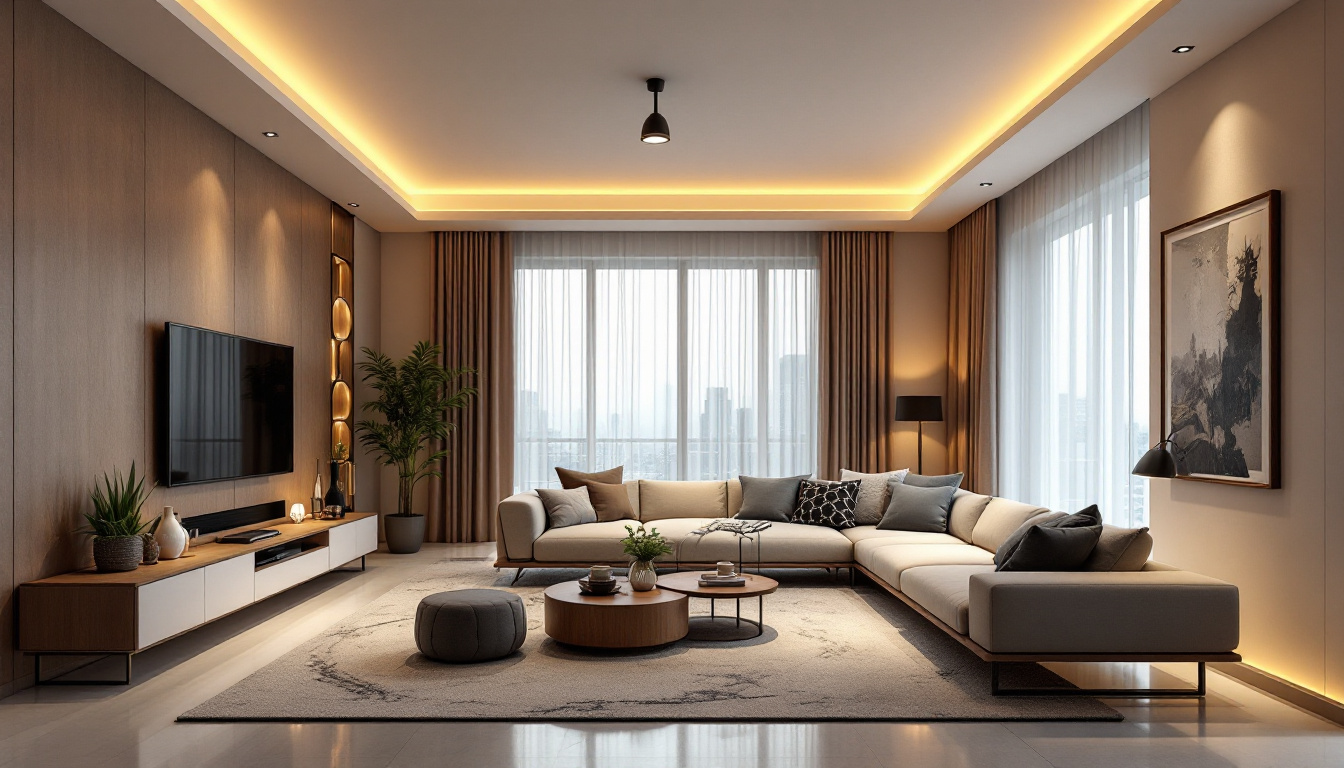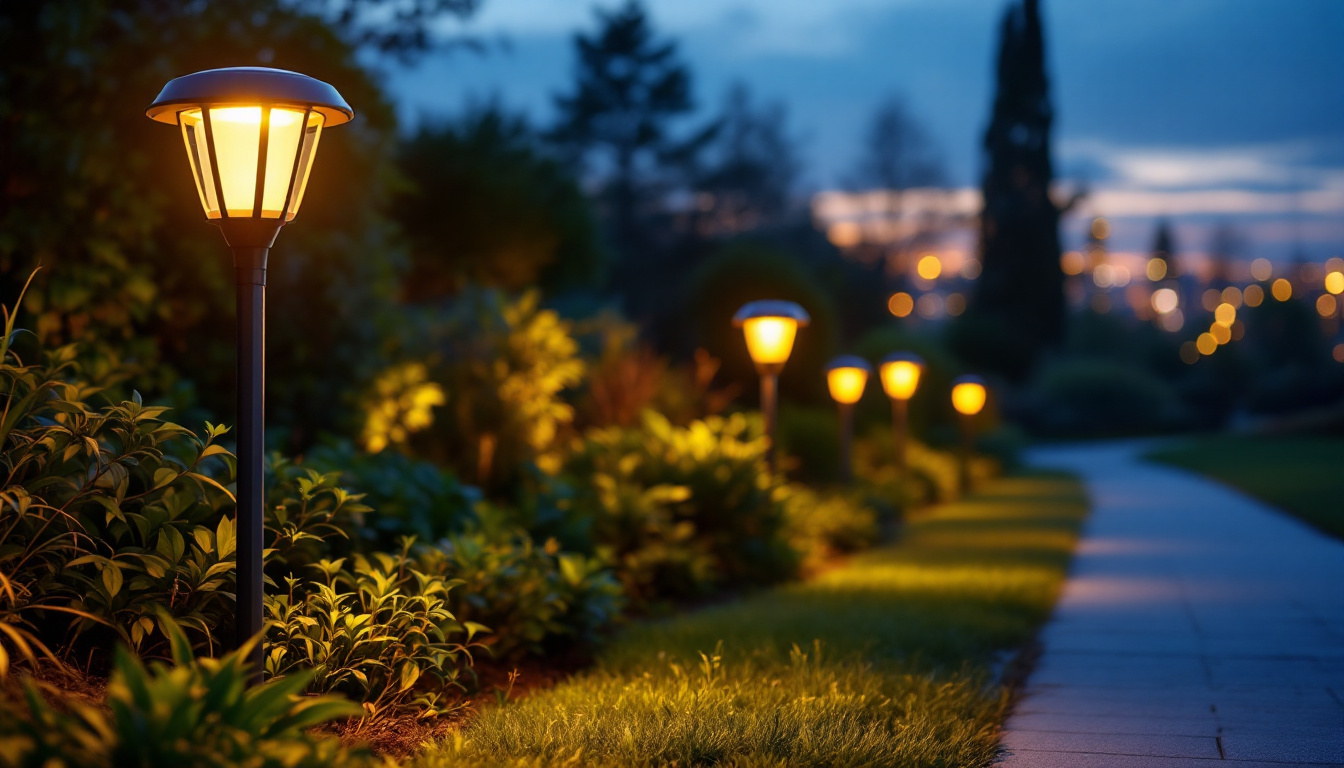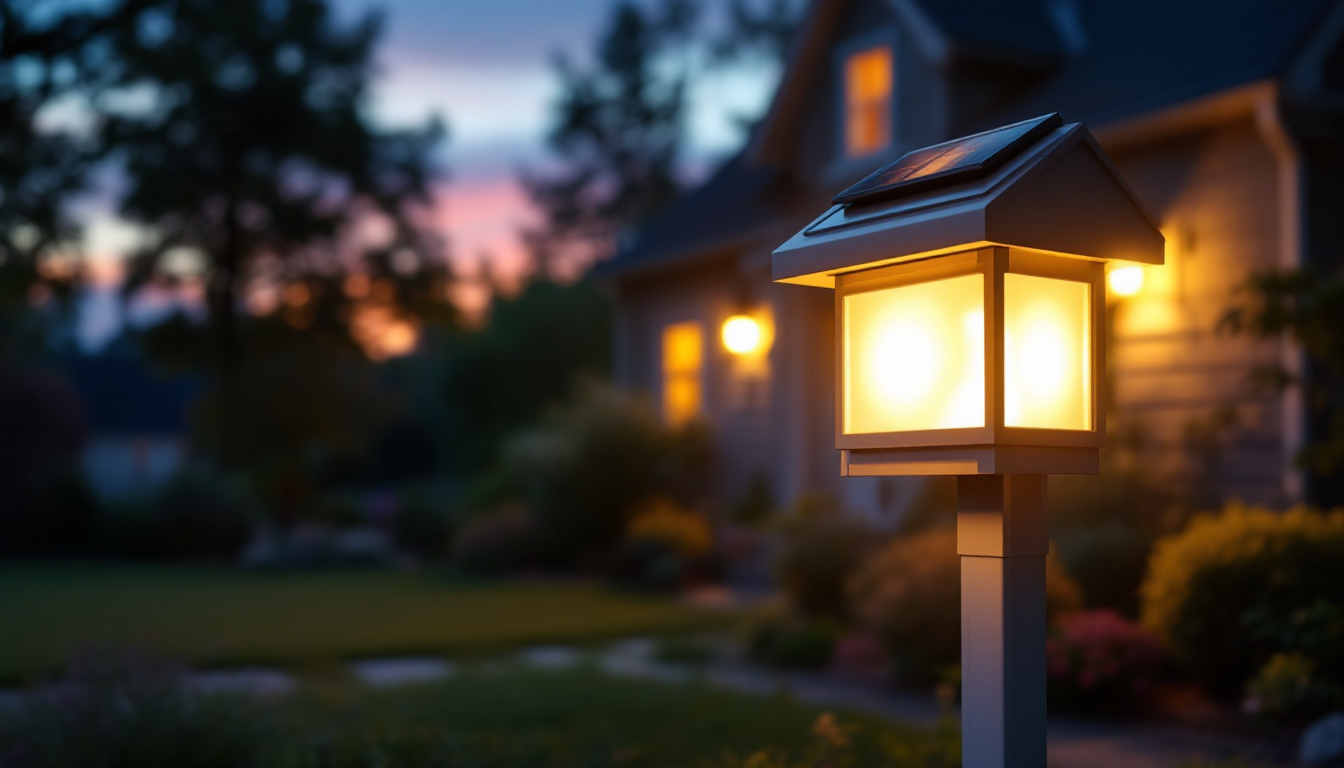

In the realm of interior lighting design, recessed lighting stands out as a versatile and stylish option, especially in living rooms. For lighting contractors, understanding the intricacies of recessed lighting is essential for delivering exceptional results to clients. This article delves into the nuances of living room recessed lighting, providing insights tailored specifically for lighting professionals.
Recessed lighting, often referred to as can lighting or downlighting, involves fixtures that are installed into the ceiling, providing a clean and unobtrusive look. This type of lighting can enhance the ambiance of a living room, making it feel more spacious and inviting. However, the installation and design of recessed lighting require careful consideration of various factors.
There are several types of recessed lighting fixtures available, each designed for specific applications and aesthetics. The most common types include:
Choosing the right type of fixture is crucial for achieving the desired lighting effect while also ensuring ease of installation.
Recessed lighting offers numerous advantages that make it an appealing choice for living rooms. Some key benefits include:
These benefits make recessed lighting a popular choice among homeowners looking to upgrade their living spaces.
Effective planning is crucial for the successful installation of recessed lighting. A well-thought-out layout can significantly impact the overall effectiveness and aesthetic of the lighting design.
When planning the layout, consider the following guidelines for fixture placement:
By adhering to these guidelines, contractors can create a balanced and visually appealing lighting scheme that enhances the living room’s functionality.
Calculating the appropriate amount of light needed for a living room is essential. This can be achieved through the following steps:
This method ensures that the living room is well-lit without being overly bright or dim.
Installing recessed lighting involves various considerations that contractors must keep in mind to ensure safety and efficiency.
Before installation, it is crucial to assess the electrical requirements for recessed lighting. Key points to consider include:
Addressing these electrical considerations will contribute to a successful installation process.
Recessed fixtures can impact a home’s insulation and airflow. To mitigate potential issues:
By taking these factors into account, contractors can ensure that the installation is not only aesthetically pleasing but also energy-efficient.
The choice of bulbs plays a significant role in the overall effectiveness of recessed lighting. Lighting contractors should be familiar with the various options available to provide clients with the best solutions.
Several types of bulbs can be used in recessed fixtures, each with its own characteristics:
Understanding the pros and cons of each bulb type allows contractors to make informed recommendations based on client preferences and needs.
Color temperature and brightness are critical aspects of creating the desired atmosphere in a living room. Consider the following:
By carefully selecting the right bulbs and understanding their characteristics, contractors can enhance the overall lighting experience in living rooms.
As with any aspect of design, trends in recessed lighting continue to evolve. Staying informed about current trends can help contractors offer innovative solutions to clients.
The rise of smart home technology has influenced lighting design, including recessed fixtures. Smart recessed lighting allows homeowners to control their lights remotely, set schedules, and adjust brightness and color temperature through mobile apps or voice commands. This integration enhances convenience and personalization, making it a desirable feature for modern living rooms.
Layered lighting involves combining various types of lighting—ambient, task, and accent—to create a well-rounded illumination scheme. Recessed lighting can serve as one layer, complemented by floor lamps, table lamps, and wall sconces. This approach not only enhances functionality but also adds depth and visual interest to the living room.
Recessed lighting is increasingly being used to highlight architectural features, such as coffered ceilings, built-in shelves, and niches. By strategically placing recessed fixtures, contractors can draw attention to these elements, adding sophistication and elegance to the living space.
Proper maintenance and troubleshooting are essential for ensuring the longevity and functionality of recessed lighting systems. Contractors should be equipped with knowledge on how to address common issues that may arise.
To keep recessed lighting in optimal condition, consider the following maintenance tips:
Encouraging clients to follow these maintenance practices can prolong the lifespan of their recessed lighting systems.
Contractors should be prepared to troubleshoot common issues that may arise with recessed lighting:
Being knowledgeable about these troubleshooting techniques can enhance the contractor’s reputation for providing excellent service.
Living room recessed lighting is a powerful tool for lighting contractors looking to enhance residential spaces. By understanding the types of fixtures, planning effective layouts, and staying informed about trends, contractors can deliver exceptional lighting solutions that meet the diverse needs of their clients. The integration of smart technology, layered lighting techniques, and architectural features can elevate the design and functionality of living rooms, creating inviting and aesthetically pleasing environments. With proper installation and maintenance, recessed lighting can provide lasting beauty and efficiency, making it a worthwhile investment for any homeowner.
Ready to take your living room recessed lighting projects to the next level? At LumenWholesale, we provide lighting contractors with the finest spec-grade lighting products at prices that can’t be beaten. Our commitment to quality and affordability means you can equip your projects with the best without breaking the bank. Plus, with free shipping on bulk orders, you can stock up on all your lighting needs with ease. Elevate your lighting designs today and give your clients the exceptional results they deserve. Discover the ideal combination of quality, value, and convenience at Wholesale Lighting at the Best Value.

Discover the essentials of solar outdoor path lights in this comprehensive guide tailored for lighting contractors.

Explore the pivotal role of box covers in lighting contractors’ projects.

Discover why staying informed about solar mailbox lights is crucial for lighting contractors.

Discover the essential role of receptacles in lighting projects and why every lighting contractor should be well-versed in their use.
Get notified when NEW deals are released.
Optimize your budget with wholesale discounts.
Only top-quality, specification-grade lighting products.
No additional costs at checkout - what you see is what you pay.
We understand the unique needs of contractors.